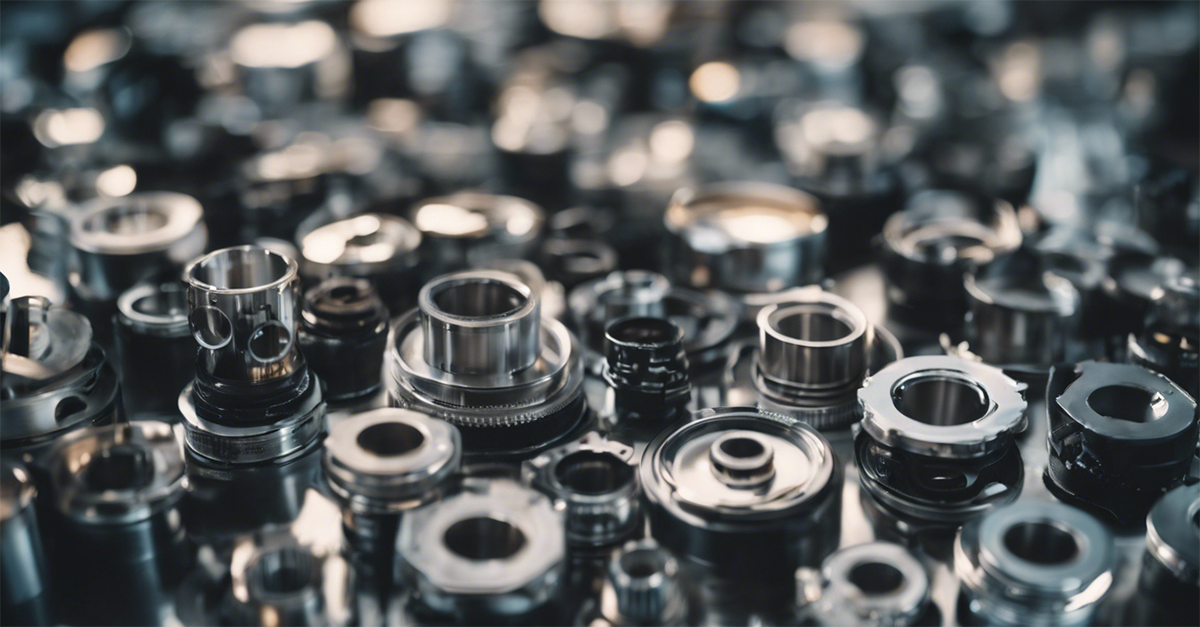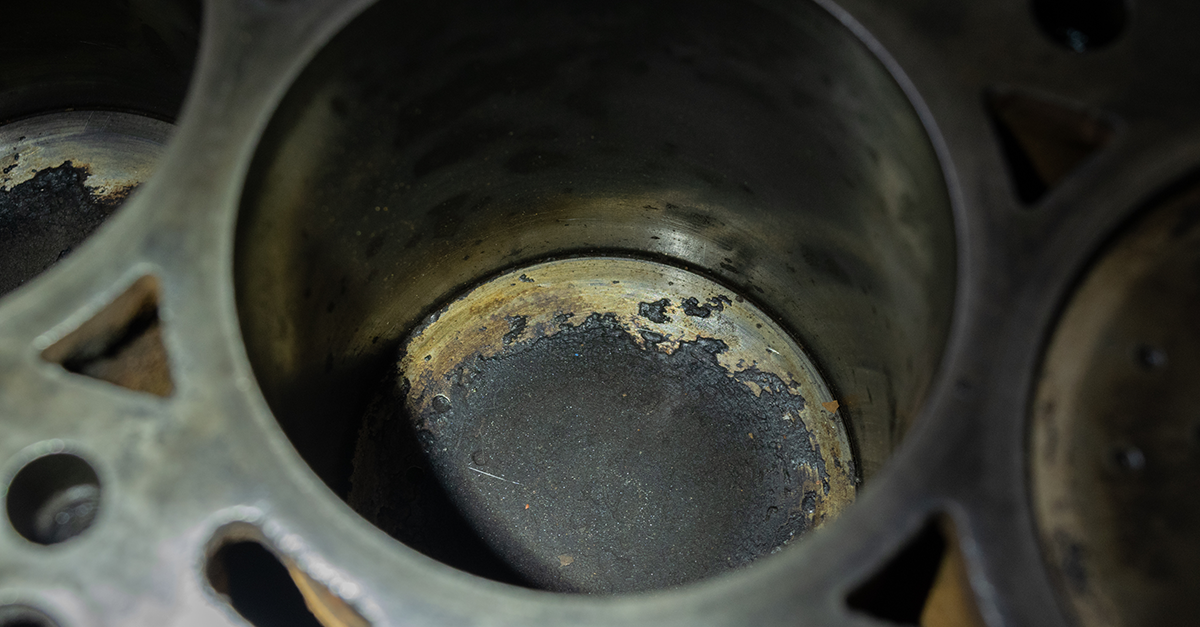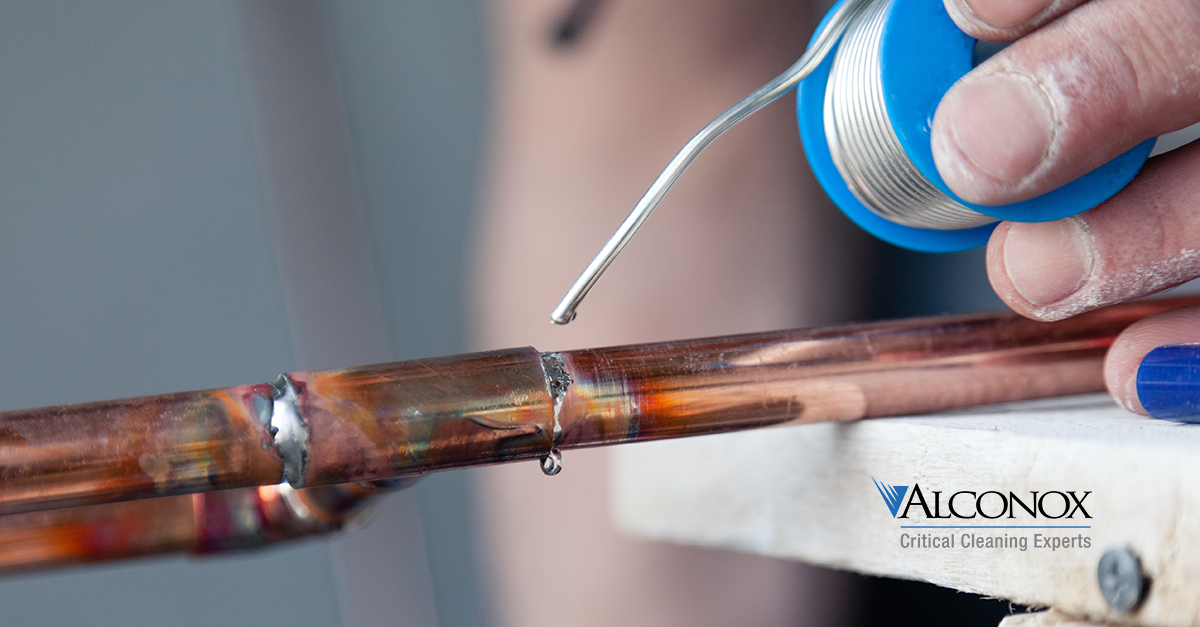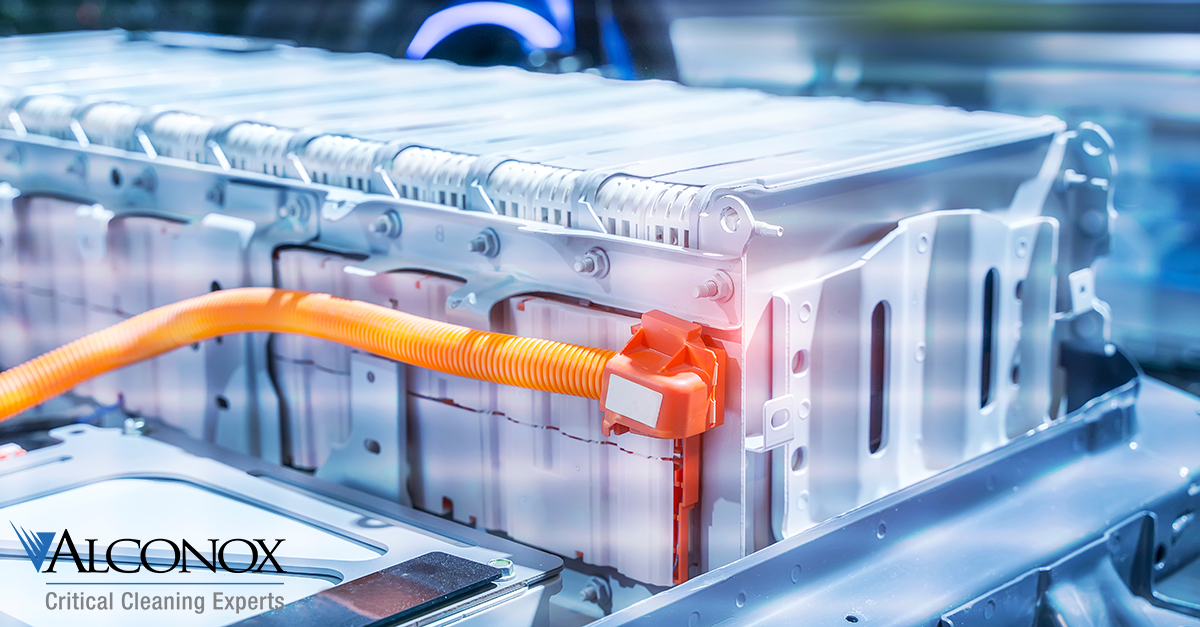
Q: What is the best way to remove tough heat treat scale?
A: Heat treat scale can be a stubborn challenge to remove, but with the right approach, it can be effectively cleaned. We recommend using a warm 2-3% solution of Citranox® Liquid Acid Cleaner and Detergent. For applications where a low foaming detergent is needed, such as washer or high pressure spray system, we would use the Citrajet® Low-Foam Liquid Acid Cleaner/Rinse detergent instead.
Step 1: Prepare a warm solution of Citranox or Citrajet detergent. The warm temperature will help to enhance and expedite the cleaning effectiveness (50-65C / 120-150F).
Step 2: Apply the warm solution to the heat treat scale, ensuring that the affected areas are thoroughly covered.
Step 3: Allow the solution to sit for a few minutes to penetrate and loosen the scale.
Step 4: As applicable, use a scrubbing tool to agitate the solution and help dislodge the scale from the surface.
Step 5: Rinse the area thoroughly with water to remove any remaining residue.
Step 6: Quickly dry using an alcohol dip, air blow, or wipe down. Some metals are less likely to rust that others, however, ensuring water is not allowed to hang around is a very good practice.
For particularly stubborn scale, a higher concentration of the solution may be necessary to achieve optimal results.
The potent surfactants in Citranox detergent make it particularly effective for tackling tough scale, and its foaming action can help to further enhance its cleaning power.
What is heat treat scale?
Heat treat scale is a type of oxide layer that forms on the surface of metal during heat treatment processes. When metals are heat treated, they are often exposed to high temperatures in controlled environments to alter their physical and mechanical properties. This exposure to high temperatures can cause oxidation, which results in the formation of a layer of scale on the metal’s surface.
The characteristics of heat treat scale, such as its thickness and composition, depend on various factors, including:
- Type of Metal: Different metals and alloys will form different types of scale. For example, steel often develops an iron oxide layer.
- Temperature and Duration: Higher temperatures and longer exposure times generally lead to thicker scale layers.
- Atmosphere: The presence of oxygen is crucial for scale formation. The specific atmosphere in the heat treatment furnace (such as air, vacuum, inert gas, or a reducing atmosphere) can significantly affect the scale’s properties.
- Cooling Process: How the metal is cooled after heat treatment can also impact the scale formation.
Heat treat scale can sometimes be undesirable, as it might affect the metal’s surface quality or dimensions. It can also be hard and brittle, which can make subsequent machining or finishing processes more challenging. Some types may ultimately only be able to be removed via mechanical (grinding) methods.
We are happy to discuss you specific heat treat or other scale cleaning needs any time!
To request these or any Alconox Inc. detergents for free, please complete the questionnaire at Get Sample. For more information about any one of our Alconox Inc. detergents, consult the technical bulletin for each product. Or click here to access each of our detergent’s Safety Data Sheets.
Do you have a critical cleaning question for the experts at Alconox Inc.? Search TechNotes to see if it’s been answered before or Ask Alconox.



